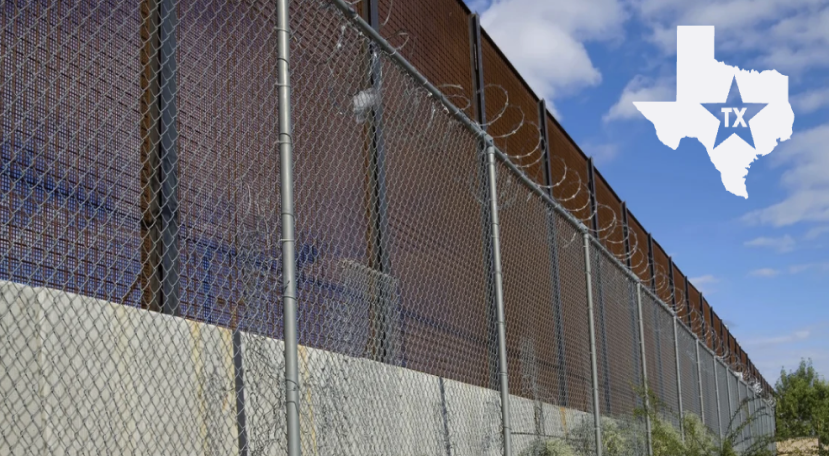The Legal Aftermath of Bishop Howard Hubbard’s Controversial Legacy
In the passing of Howard Hubbard, a former New York bishop, a complex legacy that intertwines advocacy for social justice with the concealment of sexual abuse allegations comes to light. His life and actions open a discourse on the legal implications for religious institutions amid scandals and the pursuit of systemic justice.
Key Points:
- Howard Hubbard’s tenure as bishop was marked by social justice advocacy and the controversial handling of sexual abuse allegations.
- The legal system grapples with the challenge of addressing historical sexual abuse claims within the constraints of traditional statutes of limitations.
- The bishop’s acknowledgement of covering up abuse leads to a broader question of institutional accountability and liability.
- Hubbard’s personal decisions, including his marriage, reflect the complexity of individual circumstances colliding with canonical and civil law.
- The bankruptcy filing by the Albany diocese in response to numerous lawsuits raises issues of compensation and the rights of claimants versus institutional protection.
The recent death of Howard Hubbard, a retired bishop from upstate New York, brings forth a myriad of legal discussions that underscore the intricate relationship between individual actions and institutional responsibilities. The bishop’s open admission to covering up sexual abuse within his diocese has become a central theme in evaluating the legal framework governing religious entities and the extent of their accountability.
Religious institutions have long benefited from a certain level of autonomy, particularly in internal governance. However, when allegations of criminal activities, such as sexual abuse, surface, the intersection of civil law and ecclesiastical law becomes an area of intense scrutiny and legal evolution. Cases such as Hubbard’s propel legislatures to re-examine the adequacy of statutes of limitations in providing justice for victims of historical abuse.
The implications of Hubbard’s admission extend beyond personal culpability to institutional liability. Legal precedents set in the wake of such admissions often redefine the scope of responsibility that religious institutions have in preventing and responding to abuse within their ranks. This responsibility includes not only addressing past wrongs but also implementing measures to prevent future abuses.
Furthermore, Hubbard’s civil marriage late in life, despite canonical restrictions, presents an unusual scenario where personal decisions intersect with religious and civil obligations. While the church may not recognize the union, its legal standing in civil courts depends on secular matrimonial laws, highlighting the distinction between ecclesiastical and civil authority.
The Albany diocese’s bankruptcy filing in response to a deluge of lawsuits is a defensive maneuver often employed by organizations facing overwhelming claims. This move places the rights of claimants against the diocese’s financial survival, bringing up the ethical debate of compensating victims while ensuring the continued functioning of the institution.
In Hubbard’s story, legal professionals and observers can discern the ongoing tension between past doctrines and evolving societal norms, especially when it comes to providing justice to victims. As the legal landscape adapts, the importance of a transparent, accountable, and victim-centered approach in handling such cases becomes increasingly clear.
In conclusion, the life and death of Bishop Howard Hubbard underscore a pivotal moment for legal systems grappling with the need for justice in cases of historical abuse. His case acts as a lens through which the balance between individual rights, institutional responsibilities, and societal values is examined and re-calibrated.



